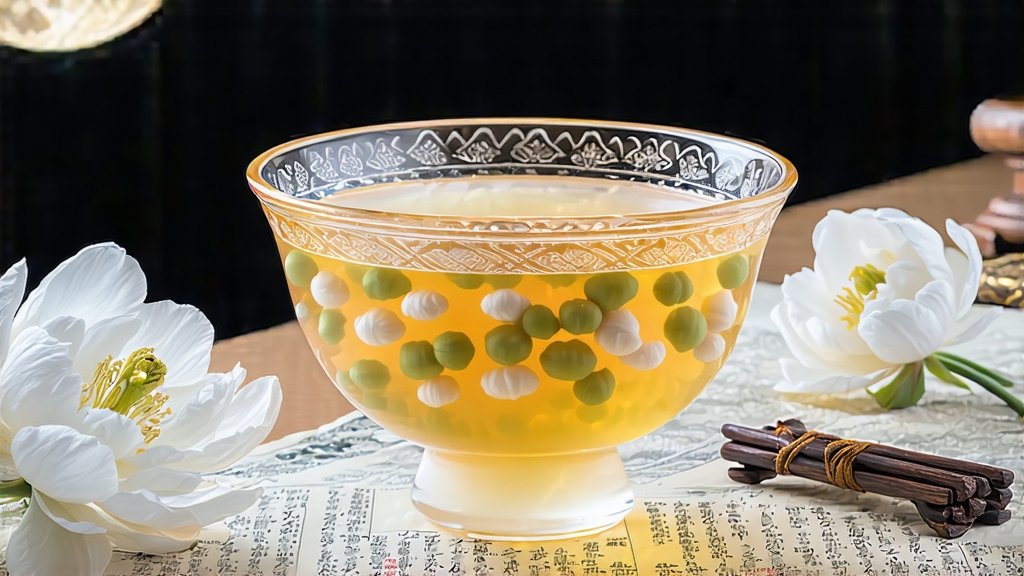
White tea is the most minimally treated of all China’s six great tea families, and within that quiet realm Bai Hao Yin Zhen—literally “White-Hair Silver Needle”—reigns as the aristocrat. Composed only of unopened leaf buds plucked for a few fleeting mornings each early spring, it is tea at its most ethereal: pale liquor, feather-soft aroma, and a sweetness that lingers like moonlight on still water. To understand Silver Needle is to step into the cool mountain air of northern Fujian, where the sea’s breath meets mineral-rich soils and centuries of craft have taught farmers how to let nature finish what the hand begins.
History whispers rather than shouts here. The first written record of “white tea” appears in Song dynasty treatises of the twelfth century, yet those texts speak of a compressed cake tribute tea whose processing differed from today’s loose-leaf style. The bud-only Yin Zhen we recognize took shape during the late Qing, when export houses in Fuzhou catered to European apothecaries who believed the silvery down held medicinal virtue. By 1891 Silver Needle was sailing to Hong Kong, then London, commanding prices higher than Keemun or Wuyi rock oolong. Foreign courts nicknamed it “Chinese champagne”; Chinese scholars simply called it “the scholar’s tea,” claiming its clarity sharpened the mind without inflaming it.
Geography is destiny. Authentic Silver Needle comes from two interlaced counties on Fujian’s northeastern coast: Fuding and Zhenghe. Within Fuding, the Taimu mountain range—granite peaks draped in cloud—creates the classic style: long, plump buds whose down catches light like frost. Zhenghe, slightly higher and cooler, yields buds that are shorter and sturdier, with a deeper, quince-like sweetness. Purists debate which terroir is supreme; cup both side-by-side and you will find Taimu more lilac-delicate, Zhenghe more pear-rich. Yet any genuine Yin Zhen must be harvested before the Qingming festival, when buds are still closed, barely two centimeters long, and sheathed in a mantle of tiny trichomes—those “white hairs” that give the tea its name.
Plucking begins in the chill dark before dawn. Workers move through mist-laden gardens wearing bamboo hats and cotton gloves to avoid bruising the bud. A practiced thumb and forefinger snap the stem just above the first scale leaf; the bud must pop, not pull, so the plant’s wound closes instantly. By seven o’clock the wicker baskets are carried to shaded barns where the buds are spread one layer deep on woven bamboo trays. Here the single, non-negotiable step—natural withering—begins. No roasting, no rolling, no kneading: just time, air, and the subtle heat of rising spring. For forty-eight to seventy-two hours the buds rest while enzymatic magic converts grassy aldehydes into floral alcohols and softens the inherent astringency of polyphenols. Master tea makers read the weather like sailors: if humidity spikes they shift trays nearer to skylights; if night temperatures drop they bank charcoal braziers whose smoke never touches leaf but simply steadies the room. When the bud’s moisture falls to approximately ten percent, a final desiccation in basket dryers set at 40 °C “fixes” the aroma without adding cooked notes. The finished tea looks almost alive, its color the matte silver of a winter moon.
Grading follows four visual criteria: length, plumpness, down density, and color uniformity. Top-grade lots, called “Imperial Needle,” comprise buds longer than 2.8 cm, perfectly straight, pearl-white with no ochre tinge. Such lots may contain only five hundred buds per fifty grams; a single kilo demands thirty thousand hand-picked tips. Lower grades allow shorter, slightly tan buds mixed with broken pieces, yet even these brew cups cleaner than most green teas because the withering phase has already oxidized catechins enough to mute bitterness.
Storage is the hidden chapter. Because white tea continues to mellow in the presence of trace oxygen, connoisseurs cellar Silver Needle in clay jars layered with rice paper, then reopen the vintage after five or ten years. The liquor darkens to antique gold, the fragrance acquires dates and dried fig, and the mouthfeel thickens like